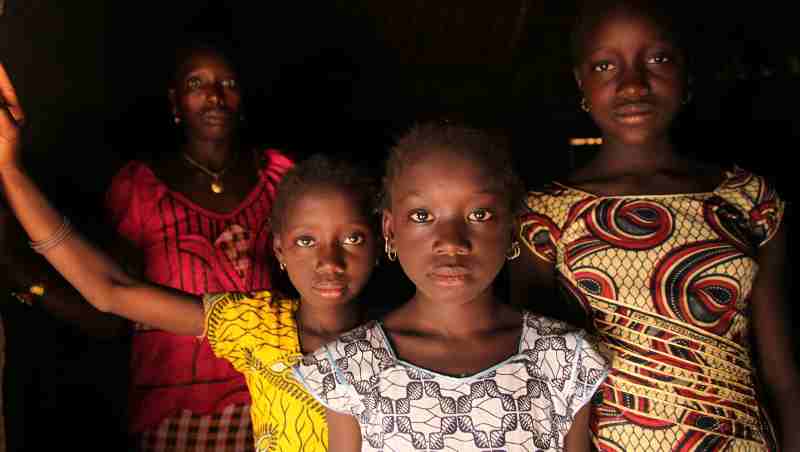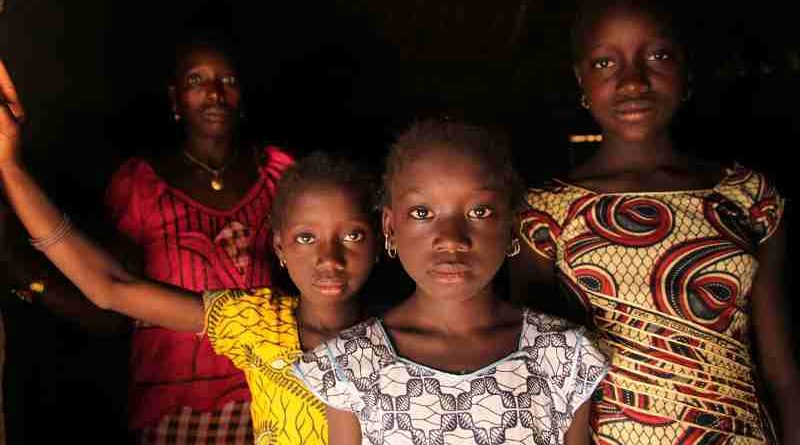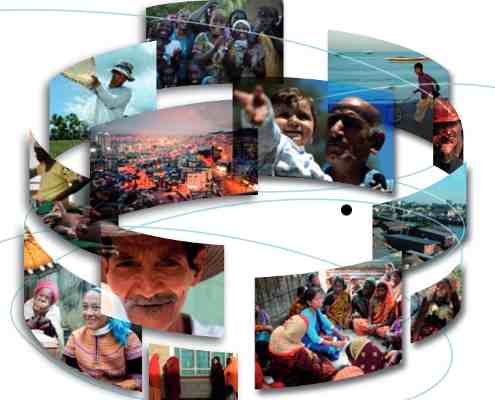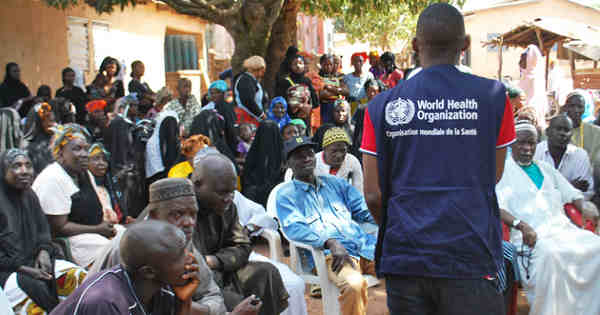WHO Training Tools on Female Genital Mutilation Prevention and Care

Two new tools are being been launched by WHO and HRP (Human Reproduction Programme) to help health care providers give the best quality care to girls and women who have been subjected to female genital mutilation (FGM) – and to also support global efforts to end this harmful practice and human rights violation.
These are: Person-centred communication for female genital mutilation prevention: A facilitator’s guide for training health-care providers and Integrating female genital mutilation content into nursing and midwifery curricula: a practical guide
Beyond healing physical hurt, health-care providers have the potential to provide support for the diverse complications that female genital mutilation can cause for girls and women – including negative physical, mental and sexual health impacts. They can also play an important role in positively influencing and changing the attitudes of people in their care to help prevent new cases of female genital mutilation.
Yet health care providers often lack the support and training they need to fulfil this potential. What is more, there has been a rising trend in recent years of so-called “medicalization” of female genital mutilation – when health care providers themselves perform the harmful practice.
The new guide, Person-centred communication for FGM prevention: a facilitator’s guide for training health-care providers helps health-care providers to examine their own values towards female genital mutilation, and to build their knowledge and skills on how to empower their clients to make decisions to stop this harmful practice.
The training guide advocates for health care providers to use a person-centred approach to help them communicate in an effective, empathetic, and sensitive way with their clients.
After receiving this training, participants would know how to discuss women’s beliefs about FGM during a clinical consultation, including antenatal care visits, and how to encourage women to rethink their beliefs about FGM and empower them to abandon the practice. Finally, participants would be able to reflect on the ethical implications of medicalized female genital mutilation and, crucially, learn ways to resist requests to carry it out.
Christina Pallitto, Scientist at WHO and HRP and expert on female genital mutilation comments, “The position of WHO is clear: there is no justification – medical or otherwise – for carrying out female genital mutilation. It causes only harm, and is a grave violation of human rights.
But it can be difficult for health-care workers to know what to do when a family asks them to do FGM. This new training helps them learn how to say “no” – and, crucially, how to listen to people in their care and change minds, all with a person-centred approach.”
Research has shown that training curricula for midwives and nurses also often lacks consistent information on how to prevent female genital mutilation as well as how to care for girls and women who face its diverse negative consequences for health and well-being.
WHO has now published a practical guide: Integrating female genital mutilation content into nursing and midwifery curricula to address this gap in training. This guide now also answers requests from countries for more guidance on how to integrate content on prevention and care of female genital mutilation into midwifery and nursing – as well as other health-provider – curricula in a systematic and sustainable way.
This new guide recommends that training content on female genital mutilation treatment and care be integrated through curricula, but also recognizes that this may not be feasible for all countries.
It gives examples of different approaches that can be considered as interim solutions, as well as a content guide for developing and conducting a two-day training, when teaching tools are needed urgently while content is being integrated more completely into curricula.
These new tools, as well as all other crucial WHO and HRP resources for preventing and caring for the health complications of female genital mutilation, are now available from a new online platform.
Photo / Video courtesy: UNICEF





